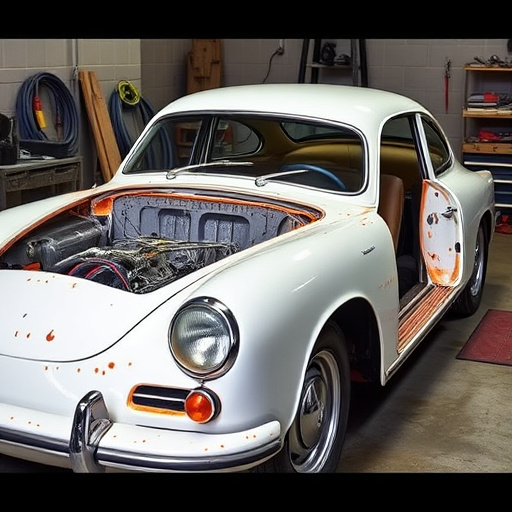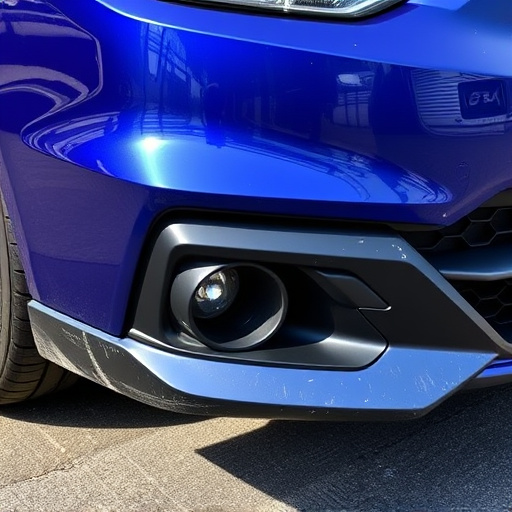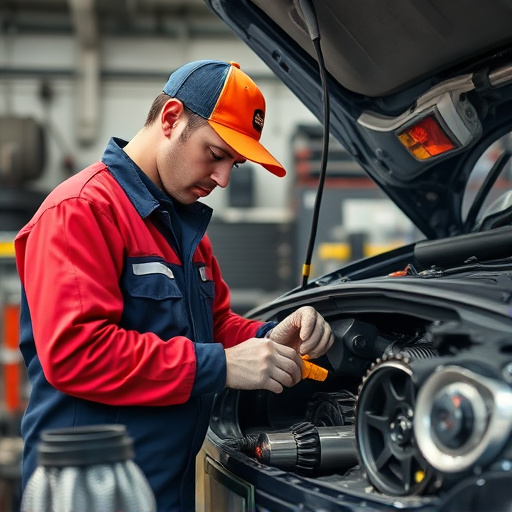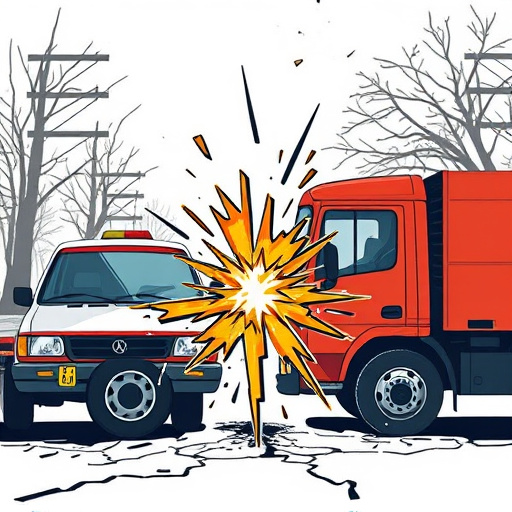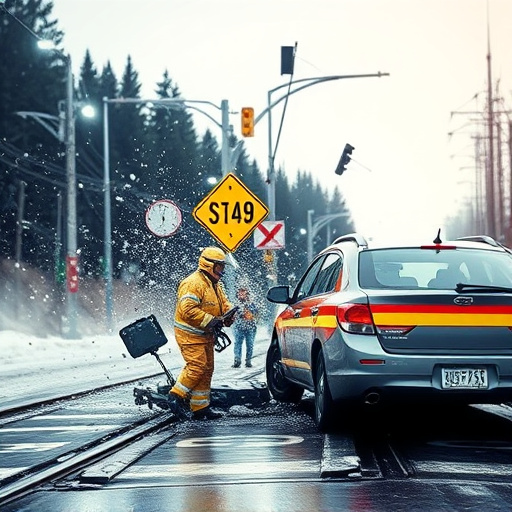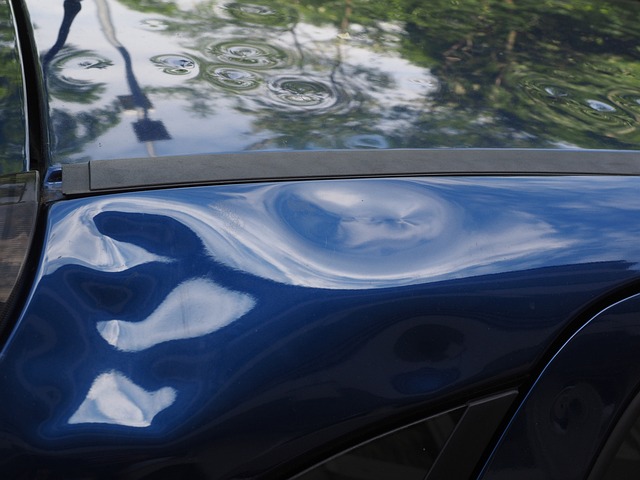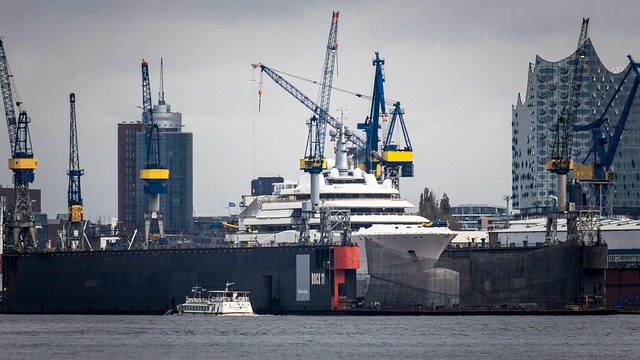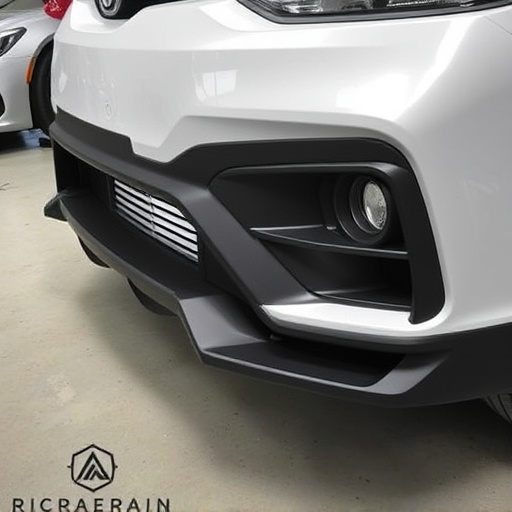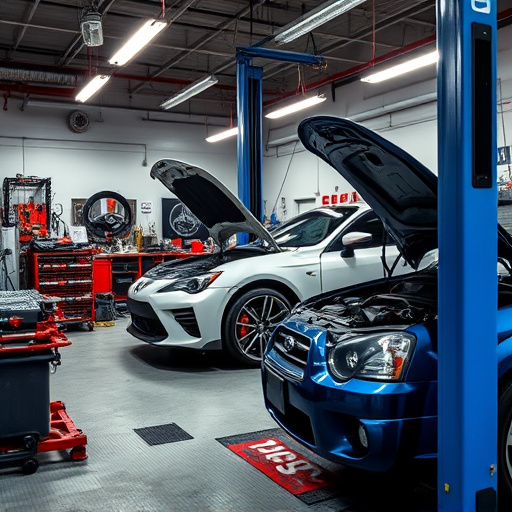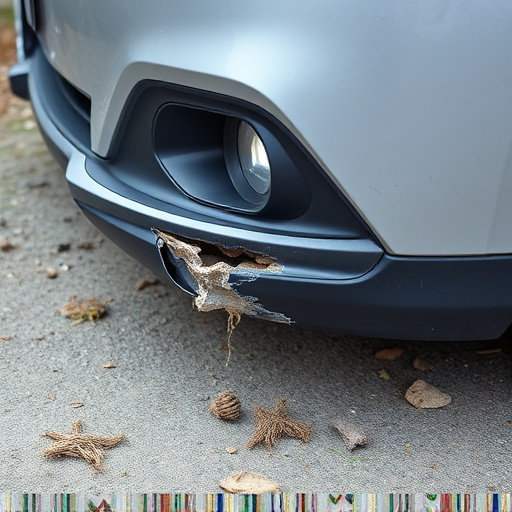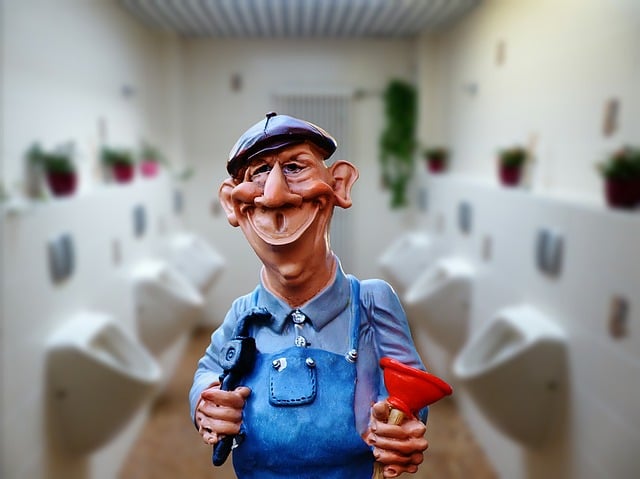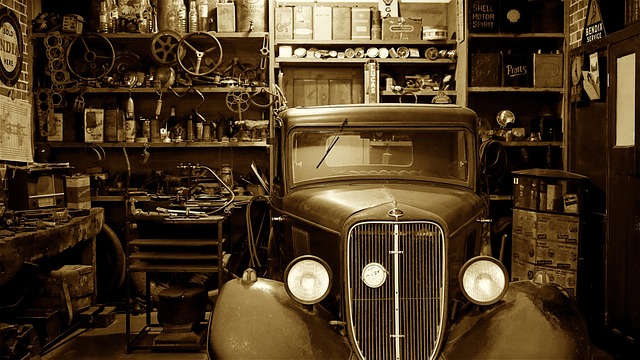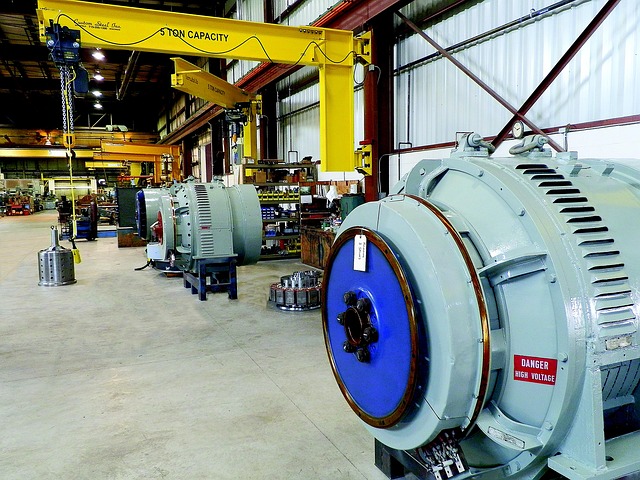Classic car restoration revives historical vehicles through specialized collision repair, bodywork, engine overhauls, paint jobs, and interior refinishing. This meticulous process ensures both visual and driving perfection, preserving automotive history for future generations. As a cultural game-changer, it influences modern auto manufacturing techniques, setting higher standards for quality and craftsmanship.
Classic car restoration has emerged as a transformative force within the automotive industry, breathing new life into historical vehicles and reshaping our relationship with cars. This once-niche field has evolved into a thriving movement, attracting enthusiasts and professionals alike. From meticulous craftsmanship to preserving automotive history, classic car restoration has left an indelible mark on the auto world. In this article, we explore how this art form has influenced modern trends, changed consumer preferences, and became a key player in shaping the future of automotive culture.
- Revitalizing Classics: A New Era in Automotive History
- The Art of Restoration: Crafting Historical Preservation
- Industry Impact: Transforming Auto Culture and Values
Revitalizing Classics: A New Era in Automotive History
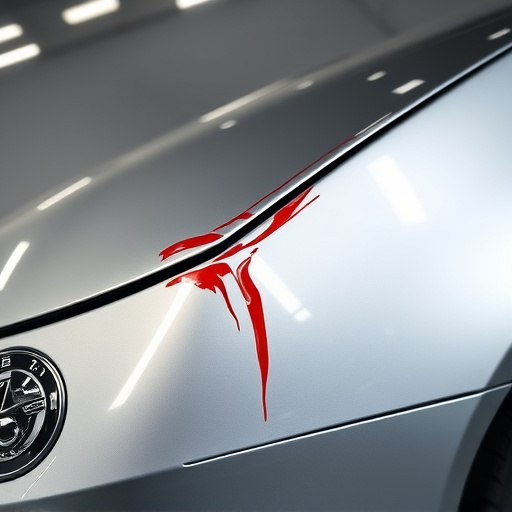
The art of classic car restoration has sparked a remarkable renaissance within the automotive industry. This meticulous process involves bringing vintage vehicles back to their former glory, preserving historical significance, and breathing new life into iconic models that once dominated the roads. Through dedicated craftsmanship and an unwavering passion for automotive heritage, restorers have created a thriving subculture that transcends mere vehicle repair.
This renewed interest in classic cars has led to a surge in specialized collision repair centers and auto body services tailored to cater to this niche market. From intricate bodywork and engine overhauls to meticulous paint jobs and interior refinishing, every aspect of these vehicles demands expert attention. The demand for high-quality tire services also rises alongside the restoration movement, ensuring these classics not only look but also drive like new. This fusion of tradition and modern expertise has undoubtedly left an indelible mark on automotive history, inspiring a new era where classic cars are celebrated and preserved for future generations to admire.
The Art of Restoration: Crafting Historical Preservation
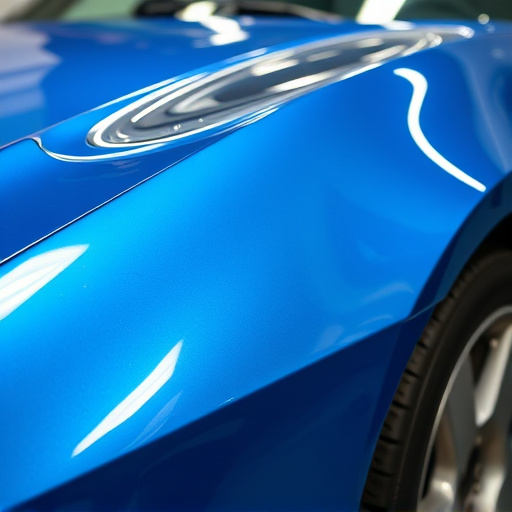
Classic car restoration is an art form that has revolutionized the automotive industry. It involves meticulously crafting and preserving historical vehicles, bringing them back to their former glory. Restorers spend countless hours studying every detail, from the subtle curves of the fenders to the intricate patterns on vintage trim, aiming to accurately recreate or maintain the original aesthetic. This meticulous process requires a deep understanding of both the car’s history and the latest restoration techniques, ensuring that each piece is handled with care and precision.
The art of restoration goes beyond mere repair; it involves addressing collision damage, often from past fender bender mishaps, and transforming these damaged vehicles into showpieces. Skilled restorers utilize specialized car repair services to fix dents, cracks, and other imperfections, ensuring the car’s structural integrity while maintaining its historical authenticity. This meticulous attention to detail not only preserves a piece of automotive history but also educates current enthusiasts about the craftsmanship of past eras.
Industry Impact: Transforming Auto Culture and Values
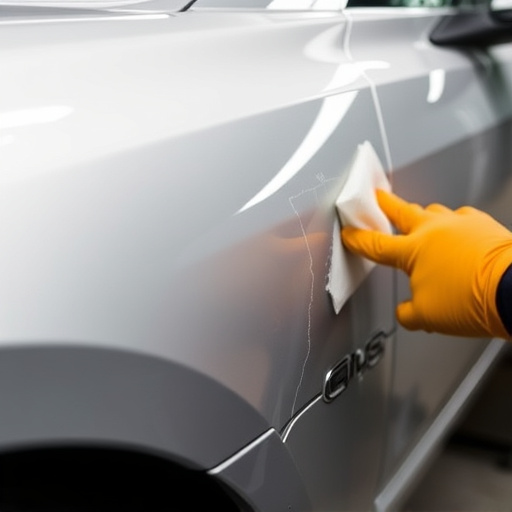
Classic car restoration has had a profound impact on transforming auto culture and values within the industry. It’s more than just reviving old vehicles; it’s about preserving history, craftsmanship, and a deep appreciation for automotive art. This niche segment has sparked a renewed interest in quality, attention to detail, and the value of longevity—a stark contrast to the mass-production focus that dominated post-World War II car manufacturing.
As classic car restoration gained popularity, it pushed the industry to reevaluate its approach. Vehicle body shops started to prioritize not just functional repair, but also aesthetic perfection. Techniques for dent removal and hail damage repair became more sophisticated, reflecting a commitment to minimizing imperfections. This shift not only enhances the visual appeal of restored vehicles but also sets higher standards for overall vehicle quality, influencing even modern car production.
Classic car restoration has not only preserved a piece of automotive history but also catalyzed a significant shift in the auto industry. By revitalizing older models, restorers have sparked a renewed interest in historical preservation and craftsmanship, influencing a broader cultural appreciation for vintage vehicles. This trend has transformed auto culture, fostering a deeper connection to the past and reshaping consumer values around sustainability and heritage. As classic car restoration continues to gain momentum, its impact on both traditional and emerging automotive sectors is undeniable, marking a new era in automotive history where old meets new.
